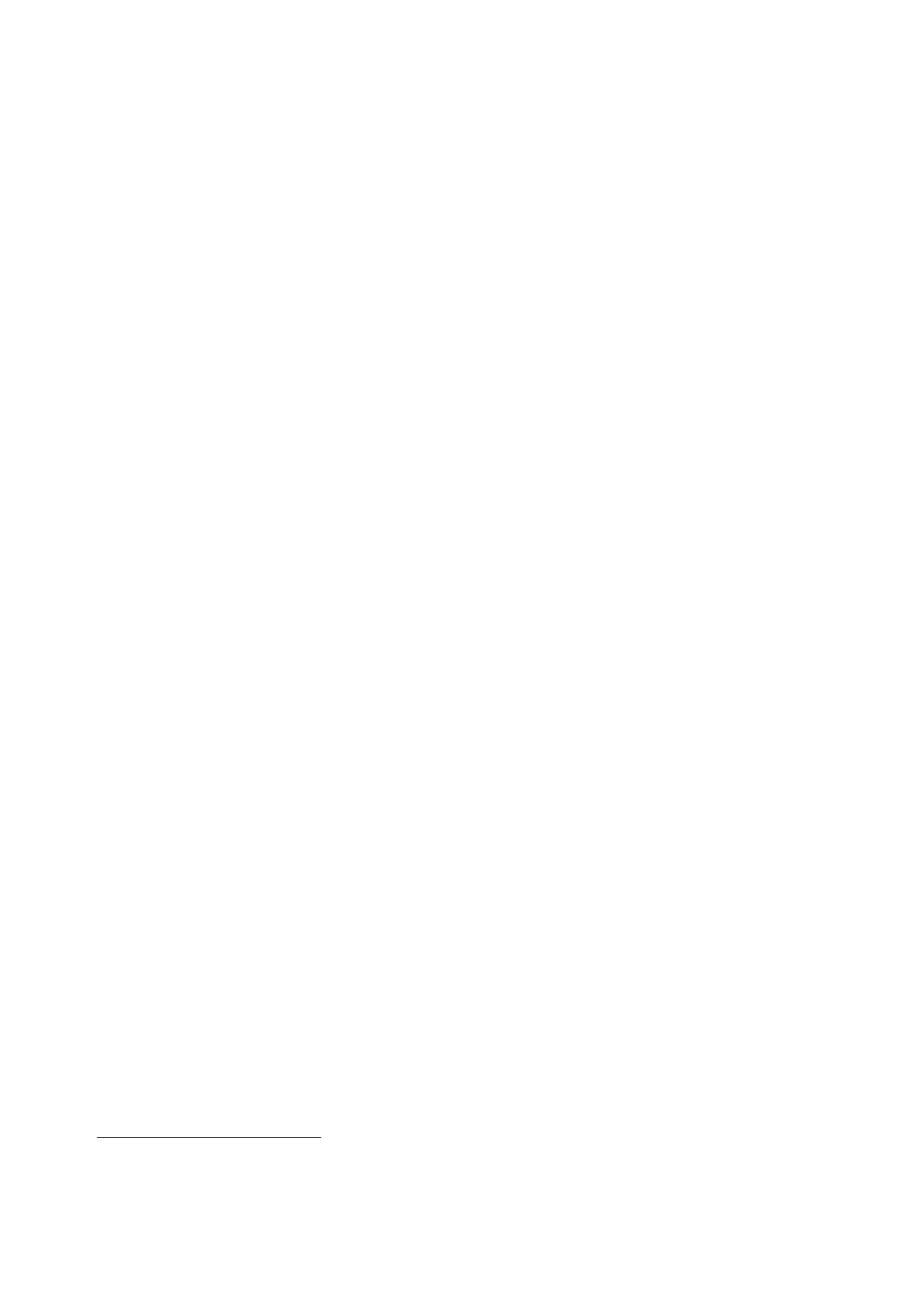
3.6 |
Development of UK strategy and options, November 2002 to January
2003
•
There were
“strong indications that Iraq produced more anthrax than it
declared,
and that at
least some of this was retained after the declared destruction
date.
It might
still exist.”
•
Iraq had
not declared “a significant quantity of bacterial growth media”
which had
been
included in Iraq’s submission to the Amorim panel. This omission
appeared
“to be
deliberate as the pages of the resubmitted document were
renumbered”.
The
quantity of growth media involved would “suffice to produce …
about
5,000 litres
of concentrated anthrax”.
•
The Al
Samoud 2 and Al Fatah missiles “might well represent
prima
facie cases
of
proscribed systems” but further technical consideration would be
necessary
before
reaching a conclusion on the issue.
•
Iraq had
refurbished its missile production infrastructure, including a
number
of casting
chambers which were capable of producing motors for missiles
with
ranges
greater than the 150km limit.
•
Iraq had
illegally imported 300 rocket engines which might be for
the
Al Samoud 2,
chemicals used in propellants and other potentially
proscribed items.
711.
Dr Blix
questioned Iraq’s claims that there were no more documents about
its
activities.
After the discovery of documents in the home of a scientist
“relating to the
laser
enrichment of uranium”, UNMOVIC could not “help but think that the
case might
not be
isolated and that such placements of documents is deliberate to
make discovery
difficult”.
He warned that: “Any further sign of the concealment of documents
would
be serious.”
712.
Dr Blix
also questioned whether Iraq had provided a complete list of the
names of
personnel
who had worked on proscribed programmes, and pointed out the
difficulties of
interviewing
individuals “in private”. He reported that UNMOVIC had asked 11
individuals
for
interview in Baghdad and that none of them would speak without the
presence of an
Iraqi
official.
713.
Dr ElBaradei
reported that the IAEA had found no evidence that Iraq
had
revived its
nuclear weapons programme but it was still investigating a
number
of issues
and Iraq needed to shift from passive to pro‑active
support.
714.
Dr ElBaradei
called for a few months to verify Iraq’s nuclear
disarmament
and to
demonstrate that the inspection process worked as a central feature
of
the international
nuclear arms control regime.
715.
Dr ElBaradei
reported that the IAEA had conducted 139 inspections at
some
106 locations,
with a “focus on areas of concern identified by other States,
facilities
identified
through satellite imagery as having been modified or constructed
since 1998,
and other
inspection leads identified independently”.244
They had
been able to “gain
244
UN Press
Release, 27 January 2003, Security
Council briefed by Chief UN Weapons Experts on First
60 days of
Inspections in Iraq (SC/7644).
127
